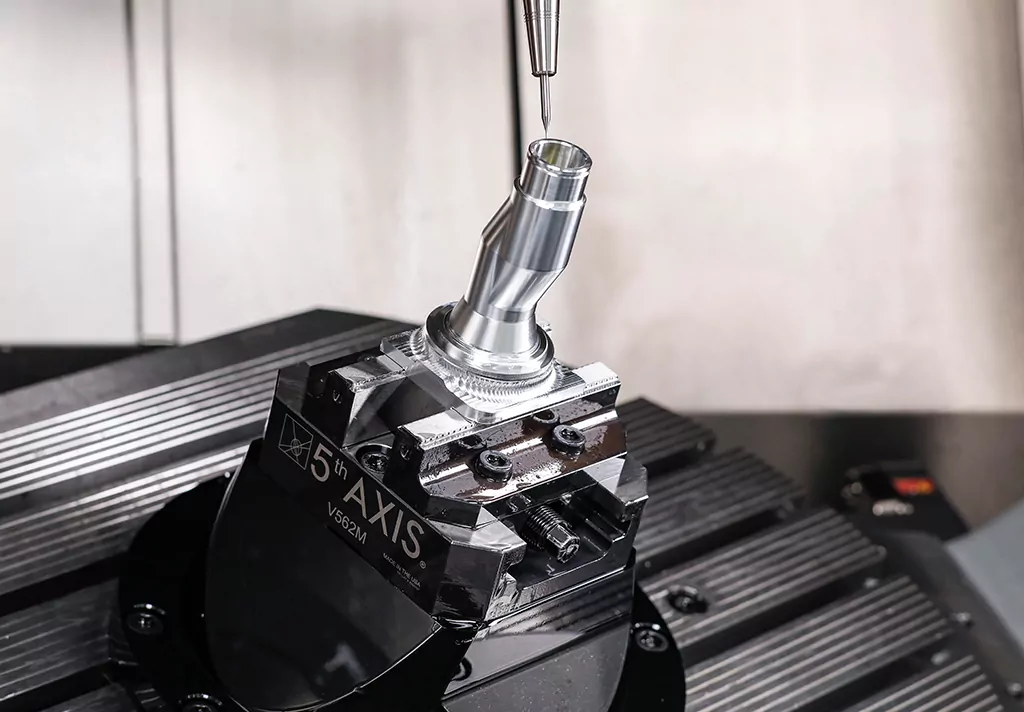-
 Find in Members
Find in Members Find in Videos
Find in Videos Find in Channels
Find in Channels
This website uses cookies to ensure you get the best experience on our website.
To learn more about our privacy policy Click herePrivacy Preference
- Tags - #BLOG
-
- Last updated January 27, 2024 0 comments, 89 views, 0 likes
More in Politics
Related Blogs
Archives
Enhancing Precision and Efficiency: Understanding the Basics of 5 Axis CNC Machining
Body
When it comes to manufacturing complex and intricate parts, 5 axis CNC machining has revolutionized the industry by offering unparalleled precision and efficiency. In this article, we will delve into the fundamentals of 5 axis CNC machining, exploring its capabilities and advantages in the realm of advanced manufacturing.

The Basics of 5 Axis CNC Machining
5 axis CNC machining refers to the ability of a CNC machine to move a part or a tool on five different axes simultaneously. Unlike traditional 3 axis machining, which limits the cutting tool to three linear axes, 5 axis machining can rotate the cutting tool along two additional rotary axes. This multi-directional movement enables the machine to approach the workpiece from any direction, resulting in the ability to produce highly complex geometries with ease.
Enhancing Precision and Efficiency
One of the key advantages of 5 axis CNC machining is its ability to enhance precision and efficiency in manufacturing processes. By allowing for continuous tool engagement with the workpiece, 5 axis machining reduces the need for multiple setups and repositioning of the part. This not only streamlines the manufacturing process but also ensures greater accuracy and consistency in the finished parts.
Applications of 5 Axis CNC Machining
The versatility of 5 axis CNC machining makes it an ideal choice for a wide range of industries, including aerospace, automotive, medical, and defense. Complex components such as turbine blades, aerospace structures, and medical implants can be efficiently machined with 5 axis technology, meeting the stringent requirements of these demanding sectors.
Advanced Toolpath Strategies
5 axis CNC machining opens up a world of possibilities when it comes to toolpath strategies. With the ability to approach the workpiece from multiple angles, advanced toolpaths such as spiral, parallel, and radial can be utilized to optimize cutting conditions and maximize material removal rates. This results in shorter cycle times and improved surface finish, further enhancing the efficiency of the machining process.
In conclusion, 5 axis CNC machining has redefined the standards of precision and efficiency in advanced manufacturing. Its ability to maneuver along five axes simultaneously, coupled with advanced toolpath strategies, makes it an indispensable technology for producing complex and high-precision components. As industries continue to push the boundaries of innovation, 5 axis CNC machining will undoubtedly play a pivotal role in shaping the future of manufacturing.






Comments